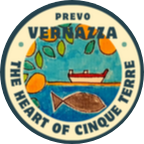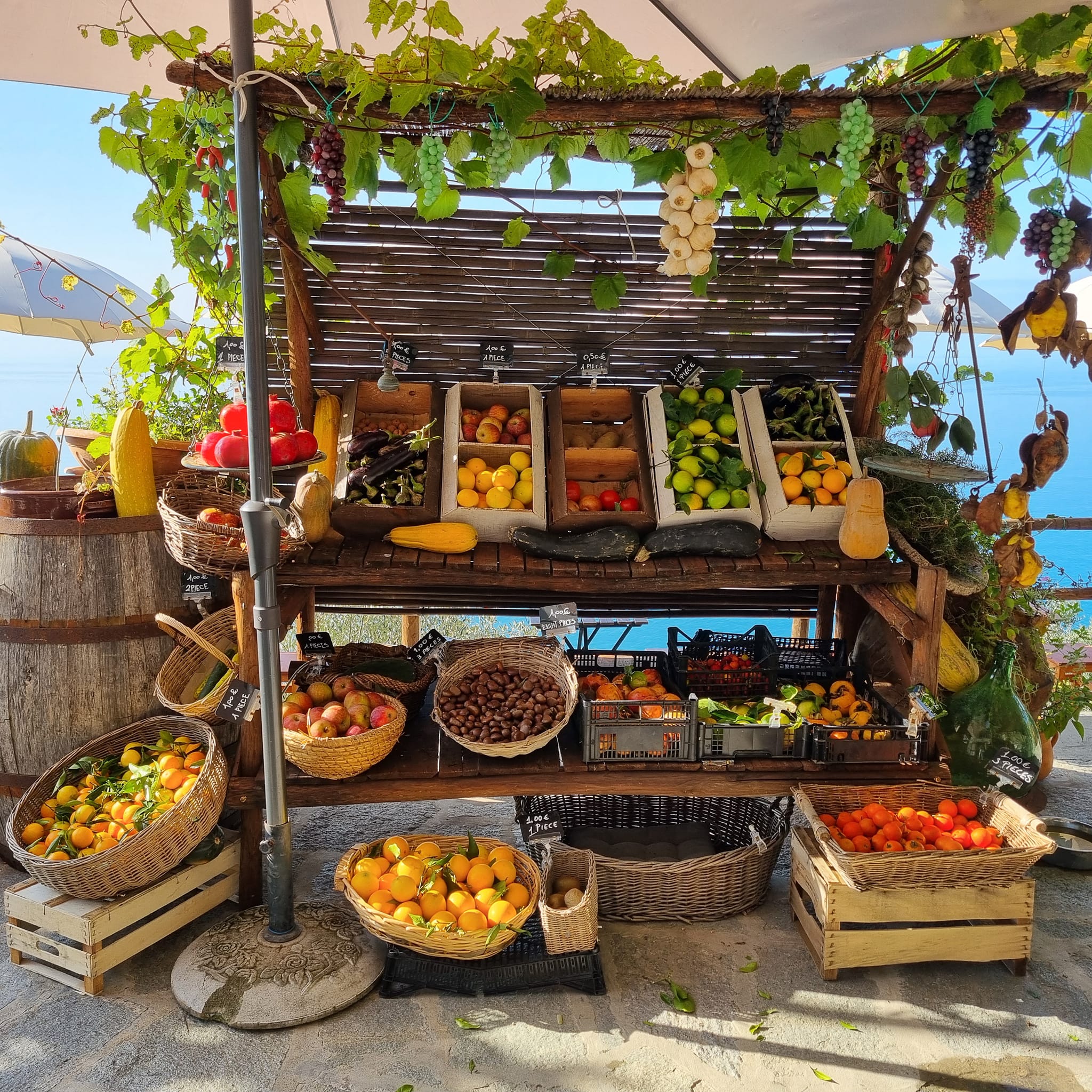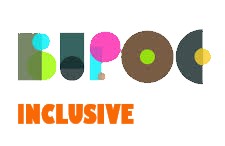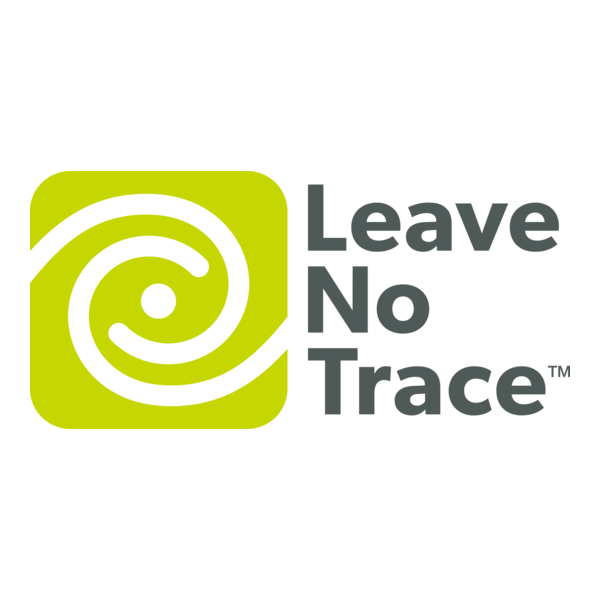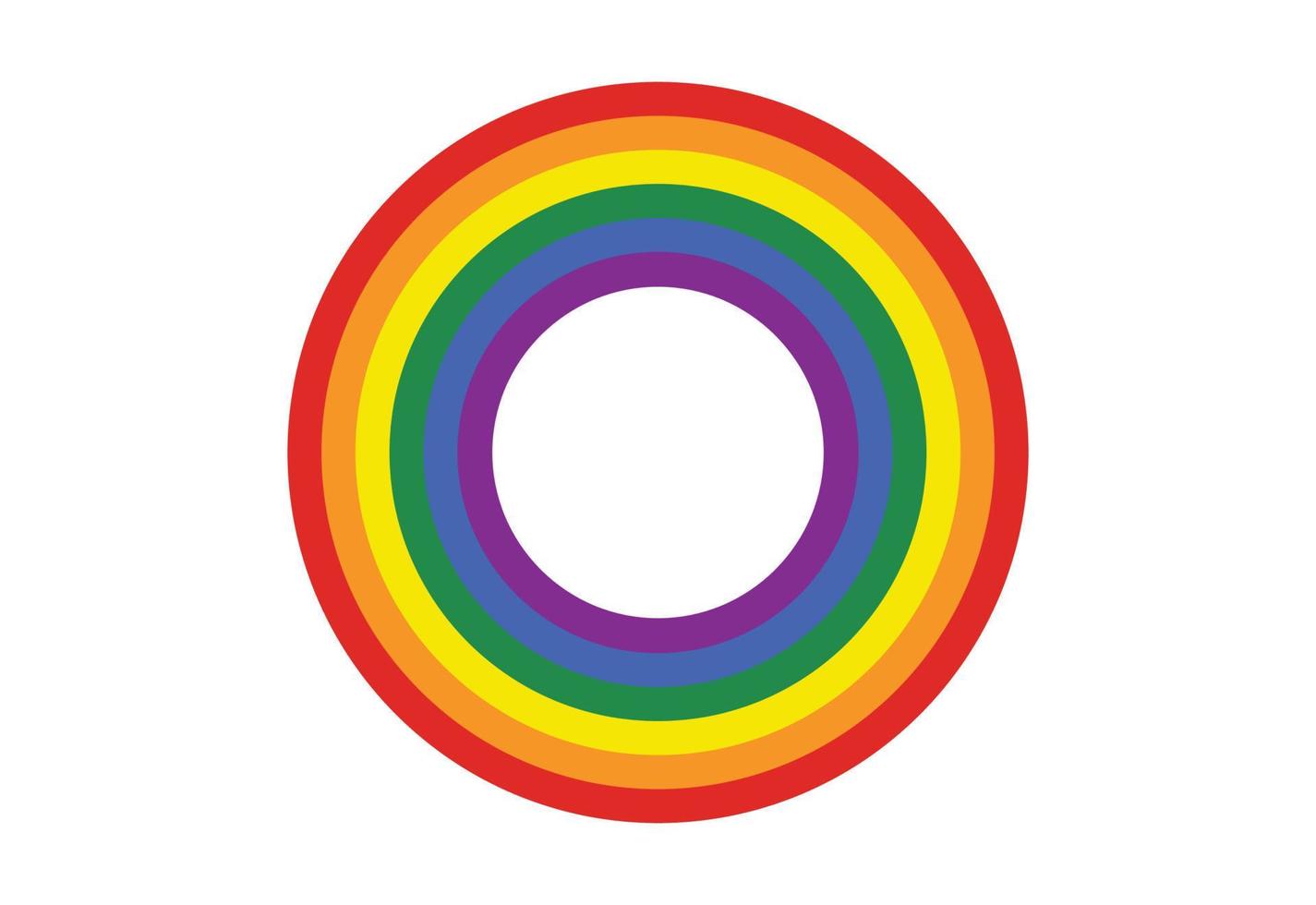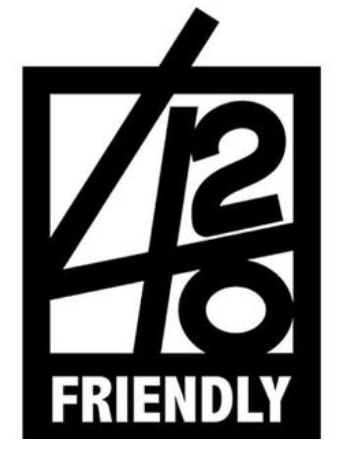General Informations
Read more informations about the Farm Shop
IMPORTANT INFOS for OUR GUESTS
from/to Corniglia train station
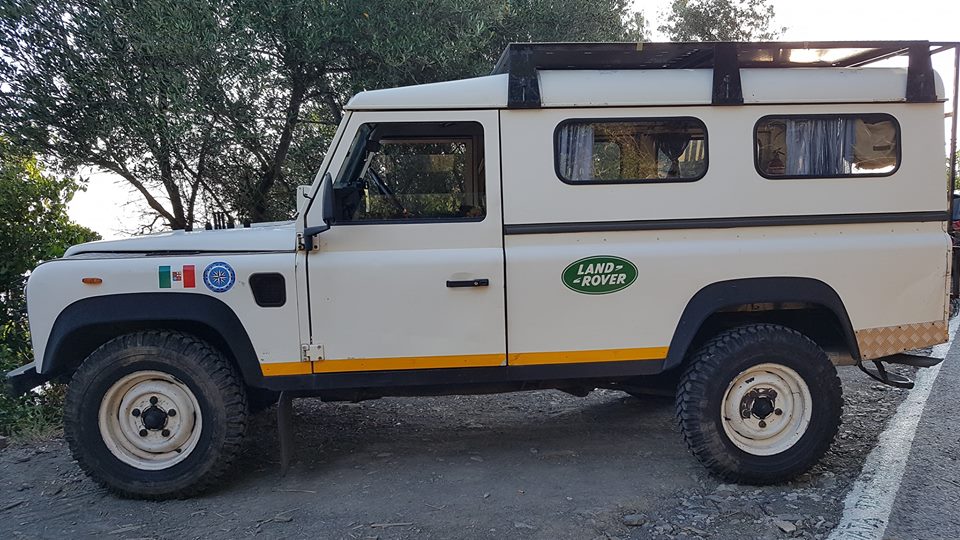
Buy mosquito spray!

If you get stung by an insect
Apply a topical cream to relieve pain and relieve itching. Creams containing ingredients like hydrocortisone, local anesthetics (lidocaine or pramoxine) or antihistamines can help control pain. Other creams (example: calamine lotion) can soothe the itching of the skin.
If you are allergic or the itchiness and redness of the injured skin get worse or do not tend to resolve after a few days, you should contact your doctor or Guardia Medica .
General informations
Note: In all ours properties there is WiFi free.
In Cinque Terre there are numerous internet points and cafés offering internet access.
In Italy you will find Wi-Fi access available in many airports, train stations, bar, restaurants and other public places where travellers pass through or stop off.
Can pets be brought into the country?
Dogs, cats and ferrets may be brought into Italy accompanied by their owners; the conditions applicable depend on whether or not the animals come from EU countries.
Animals coming from EU countries
Animals must be identified by means of a microchip or a clearly legible tattoo, and must be in possession of a valid EU passport certifying that they have been vaccinated against rabies. This passport is issued by the veterinary health services of the country of origin.
Animals coming from non-EU countries
Animals from non-EU countries may enter the country, provided they possess a certificate stating to their origin and state of health (issued by foreign public health authorities recognised in Italy), which must include the details of both the animal and the owner and must state that the animal is in good health and has been vaccinated against rabies no later than 20 days before entry and no earlier than 11 months before the issue of the certificate. Animals coming from non-EU countries that are not included in the list drawn up by the European Union (which can be consulted on the website of the European commission ) must have successfully passed the test for the titration of neutralising antibodies against rabies virus no later than three months before the date of entry into Italy.
It is forbidden to bring into Italy dogs and cats under three months of age and those that have not been vaccinated against rabies. No preventive measures are required against ticks or echinococcus, wherever the animal comes from.
What are the regulations governing the various means of transport?
› Airplanes
Each airline has its own rules. Generally speaking, one small dog (weighing less than 10 kilos) or cat per passenger may be transported in the cabin in suitable pet carriers, while medium- or large-size dogs may travel in the pressurised hold of the aircraft, in reinforced cages that can be purchased from specialised shops. Some airlines guarantee the presence of specialised staff, and in many airports there are special areas that provide assistance and food and drink for animals during stop-over periods.
Guide dogs for non-sighted travellers may be transported along with their owner, provided they are wearing a muzzle.
For further details, consult the website of the airline you intend to travel with.
› Trains
In general, small domestic animals travel free provided they are transported in suitable pet carriers not exceeding 70x50x30 cm in size. In trains divided into compartments, small dogs may travel freely alongside their owner, provided they are carefully supervised and that there are no objections from the other passengers in the compartment. They may travel second class only, upon payment of a fare with a 40% reduction.
Large dogs are allowed to travel only if they do not disturb other passengers. They must be kept on a leash and fitted with a muzzle; otherwise, in addition to payment of the applicable reduced fare, the entire compartment must be reserved. In couchette compartments, dogs may travel upon payment of a second-class fare with a 40% reduction plus a supplement payable for disinfestation. On local trains that are not divided up into compartments, animals may be transported only if they are kept on the platform or the vestibule of the carriages.
Medium- or large-size dogs are not allowed to travel on high-speed trains, because there is no room for them to travel alongside their owners; small dogs may travel free of charge, provided they are transported in suitable pet carriers, placed in the appropriate spaces.
On Eurostar Italia trains, only guide dogs for non-sighted passengers are admitted, and may travel on any train and in any class free of charge, provided they are muzzled.
Since the conditions governing the transport of pets on trains are subject to modifications, it is advisable to check before travelling by visiting the Services section of the Trenitalia website (see travelling by train with your pet on board).
› Ships and ferries
Dogs may travel on ferries provided they are muzzled and kept on a leash; cats must be transported in a suitable pet carrier.
Small dogs may travel in the cabin with their owner, provided the other passengers in the cabin have no objections.
Medium- or large-size dogs may travel in the kennels provided on board, but it is generally possible to keep them on deck, provided they are muzzled and leashed.
Non-aggressive dogs are wellcome in ours properties and can run free but always accompanied by the owner that he must check and collect the dejections left by animals.
We are also respectful of the fact that many of our guests don't have pets, so don't want to know that a pet may have stayed at the cottage before them. For this reason, alongside our house rules for pets, our cleaning standards are incredibly high, so you shouldn't be able to tell a dog has stayed before you.
All infos about Cinque Terre Card: click here.
Our properties are located right along the Blue Path (Sentiero Azzurro) in halfway between Corniglia and Vernazza.
Therefore if you intend to walk along the Blue Path from Corniglia or Vernazza to our properties (or vice versa)
you do not need to buy the Cinque Terre Card.
If, on the other hand, you intend to walk also from Vernazza to Monterosso, then you must purchase the Cinque Terre Card in the ticket office in every five villages, or in La Spezia or Levanto.
All infos about Cinque Terre Card: click here.
All infos about Cinque Terre trains, Train Timetable - Click here
IMPORTANT: if you get here by train you have to exit in Corniglia (not Vernazza).
The five villages of Cinque Terre are connected by rail and are part of the La Spezia-Levanto train line.
In high season, almost every half hour a train leaves La Spezia train station in the direction of Levanto and vice versa.
There are regional trains stopping at all 5 train stations of Cinque Terre or an intercity with only a stop in Monterosso.
La Spezia is well connected to the bigger Italian towns and cities in the north and east of the country, so you can easily take the train from Pisa to Cinque Terre or travel by train from Rome to Cinque Terre.
Levanto is connected to Genua and the north so you can also take the Milan to Cinque Terre train.
All train stations are small. Most have only 2 tracks, one north one south. Easy.
All train stations are old. The first train stations were built in 1874. Most were renewed in 1959 which still makes them old.
Don’t expect new shiny passageways or fancy stuff.
Not all trains stop at the stations.
There are trains running through the tunnels at high speed, passing the train stations of Cinque Terre without slowing down. Stand back! Keep behind the yellow line.
Always validate your ticket before entering the Cinque Terre train (or any train in Italy).
It doesn’t matter if you’ve bought a ticket the minute before from the machine or from the ticket office.
It doesn’t matter if you use the Cinque Terre Pass on the train or just a single journey ticket: ALWAYS VALIDATE IT.
There are odd looking egg-shaped-looking machines to validate at the train station and when entering the platform.
Most of the Cinque Terre train stations have the platform in tunnels. You can wait partly in the tunnels (keep behind the yellow line) but most people do not do this. A platform can look very crowded but people will spread out.
The Cinque Terre trains are super busy.
During the day, it is easy to take the train from Florence to Cinque Terre on a day trip so it is very busy on the train.
Early mornings or later in the evenings, things calm down a bit but expect the trains to be long, full.
Luckily, the train rides are only short.
Be careful of pickpockets in train station and on the train.
All infos about Cinque Terre trains, Train Timetable - Click here
Making calls to Italy
To call an Italian telephone number from outside Italy, either from a landline or a mobile phone, you will need to add the international dialling code for Italy, which is 0039 (+39), followed by the telephone number you require.
To call another country from Italy, you will need to add the international dialling code for the country you are calling, followed by the telephone number you require.
To make calls within Italy, dial the number you require without adding the international country dialling code.
To make calls from public telephones (which you can find on the street, in some bars, restaurants, etc and in shopping centres), you may use coins or phone cards, which can be purchased from tobacconists, news kiosks and telephone shops.
Mobile phone reception in Italy is based on GSM technology, which is not compatible with that of a number of countries (including the USA and Japan), unless you have a three-band mobile phone.
Before travelling to Italy you should contact your telephone services provider to activate the international roaming service (if it is not already activated automatically).
Making international calls from a mobile phone may be very expensive, and it is often advisable to purchase a phone card to call home from a public telephone.
What documents are required to enter Italy?
European Citizens whose country is under the authority of the Schengen Treaty may enter Italy with nothing more than a valid identity card or passport.
Citizens from all other countries must show their passport on the border; where a visa is required, this must also be presented to the border authorities and must indicate the length of the holder's stay and his or her destination.
Visa applications - specifying the reason for the trip - must be made to the Italian Consulate in the applicant's country of residence, and are generally issued 90 days after the application was been made.
Once visitors arrive in Italy, those who will not be staying in a hotel or similar accommodation facility must register with the local police headquarters within 8 days of their arrival in the country.
Visitors staying in hotels or other tourist accommodation facilities will automatically be registered upon reception there.
Are their any restrictions on goods that may be brought into the country?
There are no limits to what may be bought or carried on trips within the European Union, provided such purchases are for the traveller's own personal use.
Documents required to drive in Italy
Driving licences issued by any of the EU member states are valid throughout the European Union, including Italy.
Drivers in possession of a licence issued by any EU country do not require an international driving permit or a sworn translation of their own licence.
General rules for driving
Driving licences issued by any of the EU Member States are valid throughout the European Union, including Italy
Drivers with a licence issued by any EU country do not require an international driving permit or a legal translation of their own licence.
To drive in Italy, you must be over 18.
Keep right and overtake on the left.
Dipped headlights must be used on two-lane motorways.
When driving through towns and villages, the horn may be sounded only in the event of an emergency.
Trams and trains have right of way.
The use of seatbelts in both the front and rear seats is compulsory, and failure to keep them fastened may result in fines for both drivers and passengers.
On three-lane motorways, the lane on the right is reserved for slow vehicles and vehicles that are not overtaking.
At crossings, vehicles approaching from the right always have right of way.
Seatbelts must be fastened both in the front and the rear (provided the vehicle is fitted with them).
Fines may be issued on-the-spot to drivers and passengers stopped by the police and found travelling without their seatbelt fastened.
Mopeds below 150cc may not be driven on motorways under any circumstances.
Helmets are compulsory to drive all motorcycles and mopeds, whatever the engine size.
What are the speed limits?
Cars and motorbikes (vehicles with engine size over 150 cc):
urban areas 50 km/h (31 mph);
minor out-of-town roads 90 km/h (56 mph);
major out-of-town roads 110 km/h (68 mph);
motorways 130 km/h (81 mph).
In the event of rain on snow, the limit is lowered to 110 k/h on motorways and 90 k/h on trunk roads.
In order to ensure that these limits are complied with, numerous speed cameras have been installed throughout the road and motorway network to keep electronic checks on speed.
Cars with trailers or caravans:
in urban areas, the speed limit is 50 km/h (31 mph);
on minor out-of-town roads 70 km/h (44 mph);
on major out-of-town roads 70 km/h (44 mph);
on motorways 80 km/h (50 mph).
Camper vans weighing over 3.5 tonnes and under 12 tonnes: in urban areas, the speed limit is 50 km/h (31 mph); on minor out-of-town roads 80 km/h (50 mph); on major out-of-town roads 80 km/h (50 mph); on motorways 100 km/h (62 mph).
Compulsory equipment on board :
triangle; spare tyre; extinguisher (recommended) and reflective safety jacket, which must be used outside towns and villages in the event of a stop during the night or in poor visibility conditions, or when stopping on emergency lanes or lay-bys.
Insurance : Civil Liability insurance is compulsory. For visitors arriving from abroad, the best option is the Green Card, an insurance policy that can even be taken out at the border and is valid for 15, 30 or 45 days.
Drinking and driving : in Italy, driving is not permitted with a blood alcohol content superior to 0.5 grammes per litre, in line with the European average.
Useful numbers and emergency numbers :
Police 113
Fire Brigade 115
Ambulance 118.
EU and non-EU citizens (if entitled to assisted health care in EU countries) traveling in Italy with the required certificate (European Health Insurance Card or a provisional replacement certificate) may obtain services required directly, free of charge – excepting the payment of an eventual co-pay (called ticket)– at a public hospital orfacility covered in private agreement with the National Health Service.
Non-EU citizens coming from countries not covered by the agreement are provided with health services that must be paid for in accordance with the relative scale of charges.
For further information, consult the website for the Ministry of Health.
112 Carabinieri
You may request the assistance of the staff of the Carabinieri in situations of specific institutional competence: Relief in case of emergency, to report useful investigative activities, etc..
The 112 is from 1991, the single emergency number in Europe. Meets the needs of foreigners on Italian territory, with a structure of language response.
113 Polizia di Stato - Police.
The number 113 is always active for each type of signal theft, robberies, assaults, fights, suspicious people or vehicles, etc.
115 Vigili del Fuoco - Fire Department.
With 115 leads quickly to the operational structure of area. For an effective and timely intervention is needed, however, always the cooperation of the user must:
- describe calmly to the receptionist the nature and extent of the accident, calling again even if the situation has substantially changed;
- communicate the address or location with any references for a safe and fast identification of the site and, if necessary, to meet the rescue teams to indicate the right direction;
- report any difficulties and road access to the site of the accident.
1515 Corpo Forestale
Emergency number of the State Forestry Corps to which citizens can report in a timely manner the presence of forest fires and any other type of environmental emergency, as well as submit requests for help.
The 1515 is a free service, 24-hour 24, all over the country.
What currency is used in Italy?
Since 2001, the currency used in Italy is the euro. One euro is divided up into 100 euro-cents. There are eight different coins (1, 2, 5, 10, 20 and 50 euro-cents) and seven notes (5, 10, 20, 50, 100, 200 and 500 euros).
Credit cards
As well as in cash, purchases can be paid for using the most common credit cards. This payment system is common in Italian shops, which generally display the symbols of the credit cards they accept on the outside door. If you pay by credit card you will be asked to show an identity document. Travellers cheques (in USD or Euros) can also be cashed in Italian banks.
Tips
Tips are not compulsory and in Italy there are no generally established rules, although it is common practice to leave a sum amounting to around 10% of the bill if you are satisfied with the service you have received.
Hot water
Electric energy
Tips
Limit the use of hot water to the minimum necessary Between a shower and another it is better to wait 30 minutes Do not use the hair dryer while other people are taking a shower Do not use the electric oven or microwave while other people are taking a shower or using a hair dryer.
Clothing and Luggages


